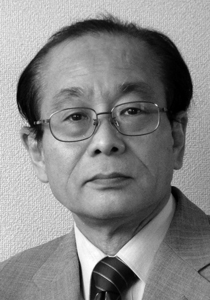
“For his seminal theoretical and experimental contributions to the remote sensing of cloud and aerosol properties”
Teruyuki (or Terry) has been a pioneer in developing cloud and aerosol remote sensing at visible and near-infrared wavelengths that is used today in satellites of the United States, Japan, and Europe, as well as airborne systems in several countries. He has been a powerful source of inspiration for many in the radiative transfer and remote sensing field. He is one of the founding members of AERONET, a worldwide network of Sun/sky radiometers for measuring aerosol optical and microphysical properties that is now distributed throughout the world (in more than 750 locations). He established the ground-based SKYNET observational network to measure and study aerosol trends in the East Asia corridor. He also led and directed numerous East Asian field campaigns to provide requisite data for validating and tuning aerosol chemistry transport models, and for documenting regional trends in aerosol variability, air pollution, and air quality. His forward and inversion radiation codes are widely used in the satellite, ground network, and modeling communities.
Terry has mentored a number of students and collaborated with a breadth of scientists in Europe, the United States, and Asia. He has published journal articles with 291 different scientists, which highlights his unselfish collaboration in research. As of April 2017, he has a citation record of 13,011 citations, which shows his vast influence in atmospheric sciences, particularly, radiation and remote sensing. I am pleased to present the 2017 Yoram J. Kaufman Unselfish Cooperation in Research Award to Dr. Teruyuki Nakajima.
—Joyce E. Penner, President, Atmospheric Sciences Section, AGU

Here we present the first simultaneous assimilation of aerosol optical thicknesses (AOTs) over East Asia retrieved from two next‐generation g...





